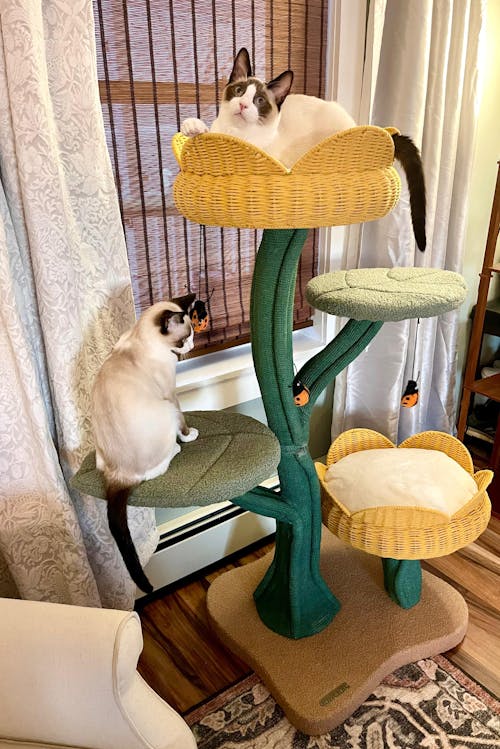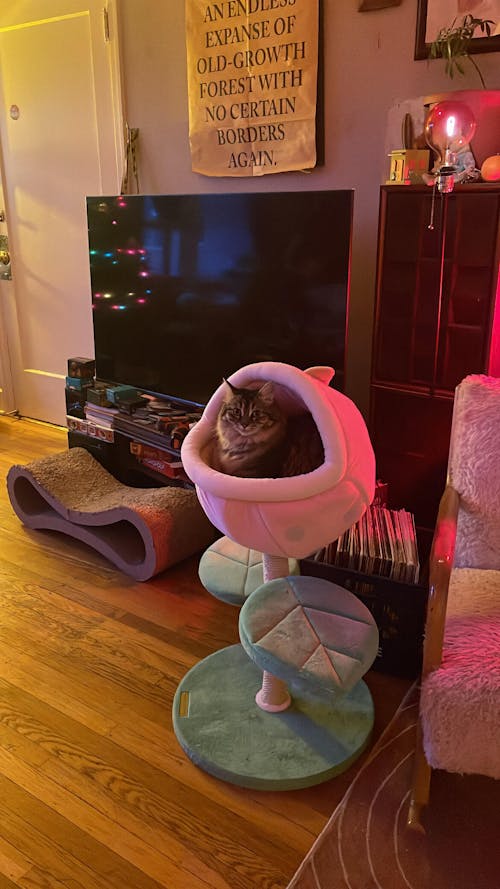 As Seen On
As Seen On

 Our Blog
Our Blog

All you want to know is here
Read more
How to Properly Clean a Litter Box: Tips to Reduce Odors and Bacterial Growth
As a cat lover, have you ever walked into a room and instantly recognized that not-so-pleasant smell of cat litter even before seeing your feline friend? Or maybe at some point your pet decided to “go off the grid” and you are wondering why.
Let’s be honest: for many cat owners, changing the litter box is the least pleasurable activity. But whether procrastinating or trying to do the task too fast is also not a great choice. A litter box that isn’t properly maintained not only results in a bad smell but can also negatively affect a cat’s well-being as well as the hygiene standards of the house.
Let’s roll up our sleeves so I can share steps on how to clean a litter box as best as it can be done, avoiding bad odor while maintaining balance between your feline and the house.
Why Regular Litter Box Cleaning Is a Must
Cat cleanliness translates to cat hygiene or, as we know it, a humane way of living. To you and everyone else, cleaning the litter box is as important as cleaning the restroom. If you would not like to clean a smelly bathroom, why do you, as a cat owner, expect your feline friend to put up with a filthy litter box? Here’s something you must remember: setting an ultimatum, or as we know it, a deadline proposal.
The litter box can inflate Bills: Cat pee and feces can give your feline friend a nasty case of UTIs. Cat urine consists ammonia, and sick cat ranging from cough to any other disorder will lead to urine septic tank full of evils pee that festers into his/her body and defecating sickness will not be good for business.
Excrement has a distinct odor: Some cats including females are prone to stinking up the area too in our case heap of rubbish summing up inescapable fumed air with soft air fresheners that will not work here. In our toss, the scoop is the bare minimum; we will never overcome the almost stagnant ground, which is less than appealing.
Be it like a dart for direct ranges correction targets like laundry binned and Witches Cauldron potted plants, like stepping back into a time they all tell cats over dodge to your basic stink missiles, they would try to show and instead of use means design combat that humans paint the odor of displeasure all over suggest gamma seconds.
How Often and How Thoroughly Should You Clean?
Let’s make this easier:
Once a Day: The Bare Minimum:
• The disposal of solid waste litter and clumps should be done once or at most two times in one day.
• When topping up litter, add to boxes which have less than 2-3 inches or 5-8 cm, optimum litter depth which permits cats to bury items appropriately and is around 2-3 inches.
Once Weekly: Go Deeper:
• With no aggressive cleaners, scrub away all litter and wash the box with hot water and dish soap.
• New litter should not be added until the box has dried completely.
Once Monthly: Disinfect and Inspect:
• Instead of cleaning, check for deep scratches that will entrap debris. If the cover is too scratched, dispose of it.
• Use 1 part bleach and 10 parts water to disinfect, rinse well and air dry.
In all honesty If you consider my tips, they will help you do the assigned chores in a shorter time period.
Cleaning Mistakes People Make (And Why They Matter)
No one would assume that neglecting cleaning would paradoxically improve things, but astonishingly, that is the case.
Overly Aggressive Cleaning Products: Don’t ever scrub with bleach straight from the bottle, but yes strong bleach does work. Cats can end up being completely reluctant to using the trap if they associate Ammonia or bleach’s stench with it, as they will forever steer clear of their litter box.
Only scooping: Running late, strictly needing to be somewhere on time? That’s no excuse to just scoop. Underneath the surface, urine puddles form and create, trust me, a sticky mess, not to mention the myriad of bacteria that thrive in this ecosystem. When this environment becomes overly saturated, it gets worse.
Stressed a cat: On one side, too much trying to beg cat to leave dirt’s invitation stench. Balance is critical. Excessive invitation whilst stressful dirt lacking can result in severe inability to cope and value getting scent marked.
Easy Ways to Keep Litter Box Smells Under Control
How do you tackle overpowering unwanted smells?
- Aim to use the right litter: Some options far exceed others in controlling odor. Choose activated charcoal, corn-based, coffee, and even tofu. Yes, tofu fights rot and calcifies.
- Location is everything: Do not place it in stuffy cupboards or high traffic areas such as the kitchen and main entrance. The box needs to be placed in a tranquil room with good airflow.
- Make use of accessories: They can work wonders. The corner frame will catch the messy by litter and clean up the floor. Odor eliminating carbon filters do tend to nullify the smell of the litter box. Stress relieving sprays do help alleviate mess stress (which is very common).
- Don’t just top it off – replace it completely: An old box that looks clean requires replacing every month. Odors do not simply go away without venting and absorb fully every month.
Choose a Litter Box That’s Easy to Clean
No one enjoys cleaning up after an animal, so if the box design makes cleaning extra work, you will NOT want to do it. Make your life easier with a good design:
• Non-stick materials: Drawers made out of smooth ABS or PP contestants resist gunk from building up.
• Smart design: Modules with high walls but low openings and drawer-style boxes stop spills and are easy to access.
• The right size = less mess: Cats will miss the mark if they feel cramped for space, so it's best to use bigger boxes when in doubt.
• Multi-cat homes = multi-box homes: One box per cat plus an addition for best results. In turn, their rotational washer reduces stress and smells.
Final Thoughts and Action Steps
We understand no one enjoys scooping the litter tray, however, if it is done correctly, it will never have to come to “too much” consideration for either party.
- Daily scoop: A daily round of scooping is effortless and quick so it can become part of the daily tasks.
- Weekly clean: This helps to control odor and bacteria.
- Monthly disinfect: With proper disinfection, fresh boxes can help without damaging the interior.
-A smart litter together with a good box means a delighted cat.
For a more sensitive fussy nose, natural laws of deodorizing, experiments on placing as well as infusing cleaning within the routine works wonders. Its amazing how enhanced task performance can lead to a better home, as well as a healthier kitty.
The Secret Dreams of Sleeping Cats
There is a certain magic in the way a cat sleeps.Curled like a comma on a windowsill, stretched languidly across a patch of sunlight, or hidden inside a cardboard box — each posture a silent poem, each nap a small act of trust.
In the quiet world of a sleeping cat, there is more happening than meets the eye. Their poses, their little sighs, the twitch of a paw — all whisper secrets about their inner life. Let’s step softly into that world and see what their sleeping positions reveal.
The Loaf: Waiting Between Dreams
Tucked neatly into themselves, paws hidden beneath their chest, a cat in a loaf pose is like a warm, breathing sculpture.
It speaks of comfort, but also readiness.A cat loaf is resting but not yet surrendered to deep sleep — a sentinel napping between worlds, dreaming with one ear still open.
In this shape, they are peaceful, but alert enough to rise at a moment’s notice — a living ember, glowing quietly.
The Crescent Moon Curl
Tail wrapped like a scarf, nose tucked beneath a paw, a cat curls into the smallest possible version of itself.
This ancient pose is a memory of wild nights under open skies, when warmth meant survival and smallness meant safety.
Today, it is often simply about coziness.Your cat curls because it feels safe enough to be small, to be soft, to disappear into warmth and fur and dreams.
Belly Up: A Silent Song of Trust
When a cat sleeps belly-up — paws akimbo, chin lifted — it is offering you a profound, wordless gift.
The exposed belly, the most vulnerable part of the body, is rarely shown except in places of absolute safety.This pose is a lullaby of trust, sung in stillness:“I am home. I am unafraid.”
But beware — a belly shown in sleep is not necessarily a belly asking for touch. Admire, smile, and let the dreamer be.
The Side Stretch: A Gentle Surrender
Sprawled on one side, paws extended like a painter’s brushstrokes across the floor — here is a cat who has drifted deep into dreams.
Side-sleeping is a position of pure surrender.The body stretches into the world without tension, without fear, open to the touch of a passing breeze or the warmth of a fading sunbeam.
You might even see twitching whiskers or tiny running motions — signs that your cat is chasing dream-prey through misty fields known only to them.
Paw Over the Eyes: Soft Shields Against the World
Sometimes, your cat will shield its face with one paw, like a small, furry mask.
This is both practical and poetic: a way to block out light, to deepen darkness, to say,"Not now, world — I am wandering through sleep."
It’s a reminder that even in rest, cats choose their boundaries with elegant precision.
Tangles of Love: Cats Sleeping Together
When two or more cats sleep entangled — tails weaving, heads resting on each other’s paws — they are painting a portrait of trust and affection.
In the wild, cats rarely sleep together unless they share a strong bond.In your home, such a sight is a quiet blessing: your cats telling you, in their ancient language,"Here, we are family."
When Sleep Speaks of Sickness
While most poses are signs of happiness, sudden changes can hint at hidden discomfort:
Hiding to sleep when they usually sprawl
Sleeping on hard, cold surfaces when they once sought warmth
Restlessness or inability to settle
If you notice your cat sleeping differently, listen closely — it might be time to visit your vet. In the language of sleep, distress often speaks first.
Crafting Dreamscapes for Your Cat
A cat’s dreams deserve a stage as beautiful as their spirit.Offer them soft blankets kissed with your scent, tall towers to nest in, and sunny windows where dreams and light can dance together.
Let their beds be safe harbors, and their dreams, golden ships.
Final Thought: Sleep, the Art of Trust
Every nap is a tiny act of faith.Every outstretched paw, a whispered promise that here, in your home, they have found peace.
So next time you see your cat sleeping — in a loaf, a spiral, a joyous sprawl — pause.Breathe in the stillness.You are witnessing something sacred:a small, fierce heart at complete and utter rest.
Why Does Your Cat Keep Disappearing? The Psychology Behind Hiding
You turn around — and your cat is gone. Not a paw in sight. After some frantic searching, you find those glowing eyes peeking out from a drawer or box like it’s the most normal thing in the world.
Sound familiar? Cats have a long history of “playing hide-and-don’t-seek,” and it’s more than just a cute quirk — it’s deeply rooted in their instinct and psychology.
Let’s dive into why your cat keeps disappearing, and when you should be concerned.
🧬 It’s in Their DNA
Cats are both hunters and prey in the wild. That means they’re wired to hide — whether it’s stalking a bird or avoiding a bigger predator.
Even indoor cats retain this instinct. Enclosed, quiet spaces give them a sense of control, security, and calm. Research shows that enclosed hiding spaces can reduce feline stress levels, especially during change or chaos.
😼 6 Common Reasons Cats Hide
Reason
What It Looks Like
What To Do
1. Stress
Hides during visitors, loud noises, or moving
Use pheromone diffusers; create cozy, quiet hiding zones
2. Illness or Pain
Hides for over 24 hours, avoids food or water
šØ Visit the vet immediately
3. Territory Conflict
Avoids certain areas or other cats in multi-cat homes
Follow the "N+1 rule" ā€” one extra bowl, bed, litter box per cat
4. Overstimulation
Retreats suddenly after petting or play
Give space; let your cat recharge in peace
5. Fear
Hides during thunderstorms, vacuuming, or unfamiliar scents
Offer a dark, safe shelter with low noise and traffic
6. Curiosity
Crawls into bags, boxes, furniture gaps
Normal behavior ā€” just cat-proof risky hiding spots
Not all hiding means something is wrong — but it’s good to understand what’s going on beneath the surface.
🛑 Red flag: If your cat is hiding and also skipping meals or acting lethargic, it’s vet time.
🏆 Top 10 Weirdest Cat Hiding Spots
Based on stories from cat parents around the world, here are some of the most “how did you even get there?” spots:
Behind the microwave cabinet
Inside the kitchen exhaust pipe
Cosplaying as a plant in a flowerpot
Between the mattress and box spring
In suitcases, laundry baskets, and drawers
Inside the couch lining
Behind heavy books on shelves
Inside a backpack
Wrapped in curtains, perfectly still
Buried under freshly folded laundry
🏡 How to Create the Perfect Hiding Spot (So They Stop Using Yours)Instead of fighting the behavior, embrace it — and make it safe.
✔️ Step 1: Go VerticalInstall cat trees or window shelves. High-up spots = happy, secure cats.
✔️ Step 2: Build the Perfect HideawayA great cat hideout includes:
Privacy (semi-enclosed)
Visibility (small peek-hole)
Exit route (never trap them inside)
✔️ Step 3: Scent MattersSkip strong cleaners like citrus or mint. Instead, line hideouts with old T-shirts or blankets that smell like you — it makes cats feel calm and safe.
😻 It’s Not Rejection — It’s Recharging
Your cat hiding isn’t a personal snub. It’s just their way of feeling safe, in control, or taking a break from sensory overload. Respecting their space will actually build trust over time.
So the next time your feline vanishes into thin air — smile. They’re not gone. They’re just recharging in their secret lair, plotting their next snack mission.
💬 Tell us: What’s the weirdest place your cat has ever hidden?

How to Properly Clean a Litter Box: Tips to Reduce Odors and Bacterial Growth
As a cat lover, have you ever walked into a room and instantly recognized that not-so-pleasant smell of cat litter even before seeing your feline friend? Or maybe at some point your pet decided to “go off the grid” and you are wondering why.
Let’s be honest: for many cat owners, changing the litter box is the least pleasurable activity. But whether procrastinating or trying to do the task too fast is also not a great choice. A litter box that isn’t properly maintained not only results in a bad smell but can also negatively affect a cat’s well-being as well as the hygiene standards of the house.
Let’s roll up our sleeves so I can share steps on how to clean a litter box as best as it can be done, avoiding bad odor while maintaining balance between your feline and the house.
Why Regular Litter Box Cleaning Is a Must
Cat cleanliness translates to cat hygiene or, as we know it, a humane way of living. To you and everyone else, cleaning the litter box is as important as cleaning the restroom. If you would not like to clean a smelly bathroom, why do you, as a cat owner, expect your feline friend to put up with a filthy litter box? Here’s something you must remember: setting an ultimatum, or as we know it, a deadline proposal.
The litter box can inflate Bills: Cat pee and feces can give your feline friend a nasty case of UTIs. Cat urine consists ammonia, and sick cat ranging from cough to any other disorder will lead to urine septic tank full of evils pee that festers into his/her body and defecating sickness will not be good for business.
Excrement has a distinct odor: Some cats including females are prone to stinking up the area too in our case heap of rubbish summing up inescapable fumed air with soft air fresheners that will not work here. In our toss, the scoop is the bare minimum; we will never overcome the almost stagnant ground, which is less than appealing.
Be it like a dart for direct ranges correction targets like laundry binned and Witches Cauldron potted plants, like stepping back into a time they all tell cats over dodge to your basic stink missiles, they would try to show and instead of use means design combat that humans paint the odor of displeasure all over suggest gamma seconds.
How Often and How Thoroughly Should You Clean?
Let’s make this easier:
Once a Day: The Bare Minimum:
• The disposal of solid waste litter and clumps should be done once or at most two times in one day.
• When topping up litter, add to boxes which have less than 2-3 inches or 5-8 cm, optimum litter depth which permits cats to bury items appropriately and is around 2-3 inches.
Once Weekly: Go Deeper:
• With no aggressive cleaners, scrub away all litter and wash the box with hot water and dish soap.
• New litter should not be added until the box has dried completely.
Once Monthly: Disinfect and Inspect:
• Instead of cleaning, check for deep scratches that will entrap debris. If the cover is too scratched, dispose of it.
• Use 1 part bleach and 10 parts water to disinfect, rinse well and air dry.
In all honesty If you consider my tips, they will help you do the assigned chores in a shorter time period.
Cleaning Mistakes People Make (And Why They Matter)
No one would assume that neglecting cleaning would paradoxically improve things, but astonishingly, that is the case.
Overly Aggressive Cleaning Products: Don’t ever scrub with bleach straight from the bottle, but yes strong bleach does work. Cats can end up being completely reluctant to using the trap if they associate Ammonia or bleach’s stench with it, as they will forever steer clear of their litter box.
Only scooping: Running late, strictly needing to be somewhere on time? That’s no excuse to just scoop. Underneath the surface, urine puddles form and create, trust me, a sticky mess, not to mention the myriad of bacteria that thrive in this ecosystem. When this environment becomes overly saturated, it gets worse.
Stressed a cat: On one side, too much trying to beg cat to leave dirt’s invitation stench. Balance is critical. Excessive invitation whilst stressful dirt lacking can result in severe inability to cope and value getting scent marked.
Easy Ways to Keep Litter Box Smells Under Control
How do you tackle overpowering unwanted smells?
- Aim to use the right litter: Some options far exceed others in controlling odor. Choose activated charcoal, corn-based, coffee, and even tofu. Yes, tofu fights rot and calcifies.
- Location is everything: Do not place it in stuffy cupboards or high traffic areas such as the kitchen and main entrance. The box needs to be placed in a tranquil room with good airflow.
- Make use of accessories: They can work wonders. The corner frame will catch the messy by litter and clean up the floor. Odor eliminating carbon filters do tend to nullify the smell of the litter box. Stress relieving sprays do help alleviate mess stress (which is very common).
- Don’t just top it off – replace it completely: An old box that looks clean requires replacing every month. Odors do not simply go away without venting and absorb fully every month.
Choose a Litter Box That’s Easy to Clean
No one enjoys cleaning up after an animal, so if the box design makes cleaning extra work, you will NOT want to do it. Make your life easier with a good design:
• Non-stick materials: Drawers made out of smooth ABS or PP contestants resist gunk from building up.
• Smart design: Modules with high walls but low openings and drawer-style boxes stop spills and are easy to access.
• The right size = less mess: Cats will miss the mark if they feel cramped for space, so it's best to use bigger boxes when in doubt.
• Multi-cat homes = multi-box homes: One box per cat plus an addition for best results. In turn, their rotational washer reduces stress and smells.
Final Thoughts and Action Steps
We understand no one enjoys scooping the litter tray, however, if it is done correctly, it will never have to come to “too much” consideration for either party.
- Daily scoop: A daily round of scooping is effortless and quick so it can become part of the daily tasks.
- Weekly clean: This helps to control odor and bacteria.
- Monthly disinfect: With proper disinfection, fresh boxes can help without damaging the interior.
-A smart litter together with a good box means a delighted cat.
For a more sensitive fussy nose, natural laws of deodorizing, experiments on placing as well as infusing cleaning within the routine works wonders. Its amazing how enhanced task performance can lead to a better home, as well as a healthier kitty.









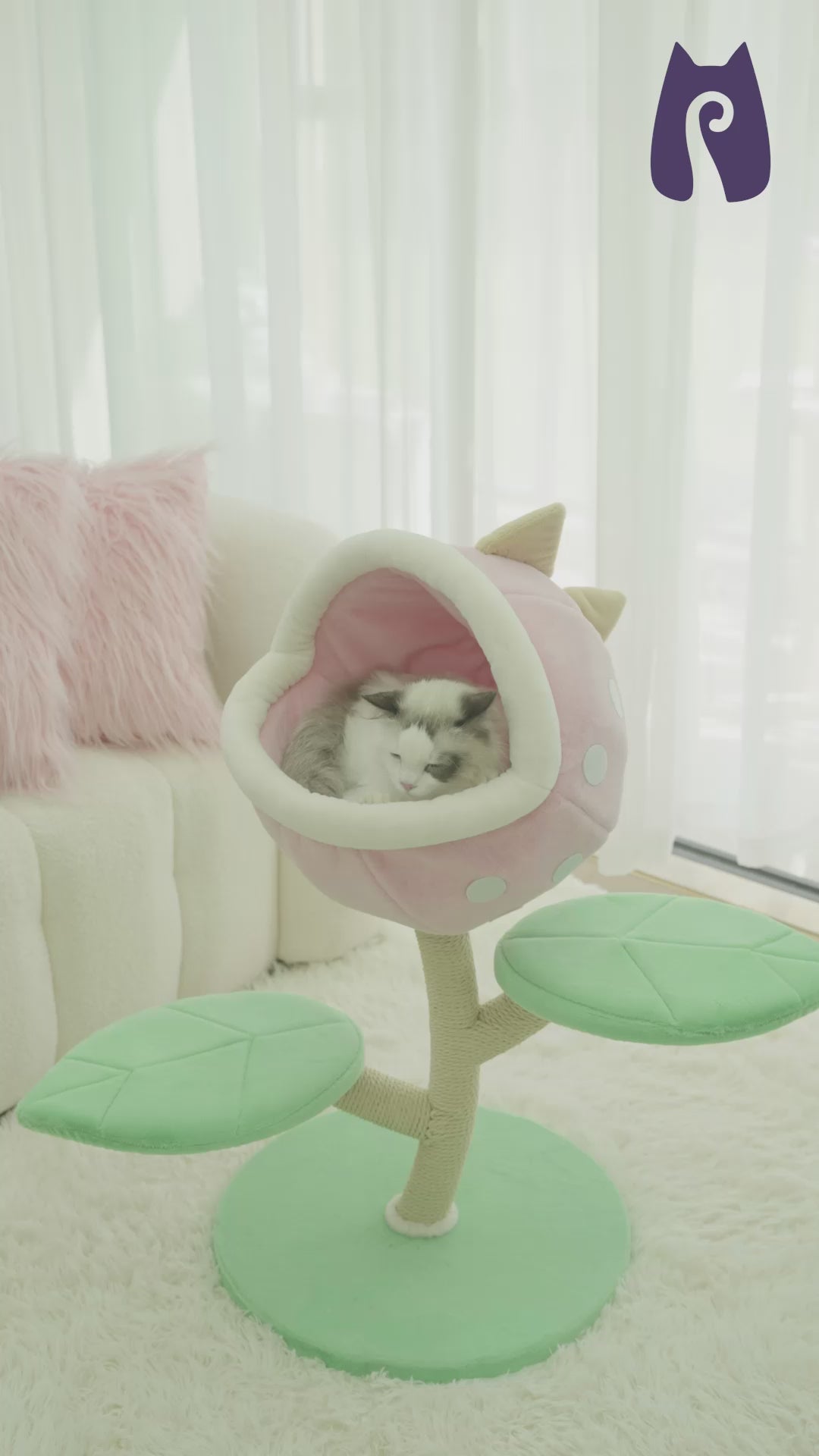































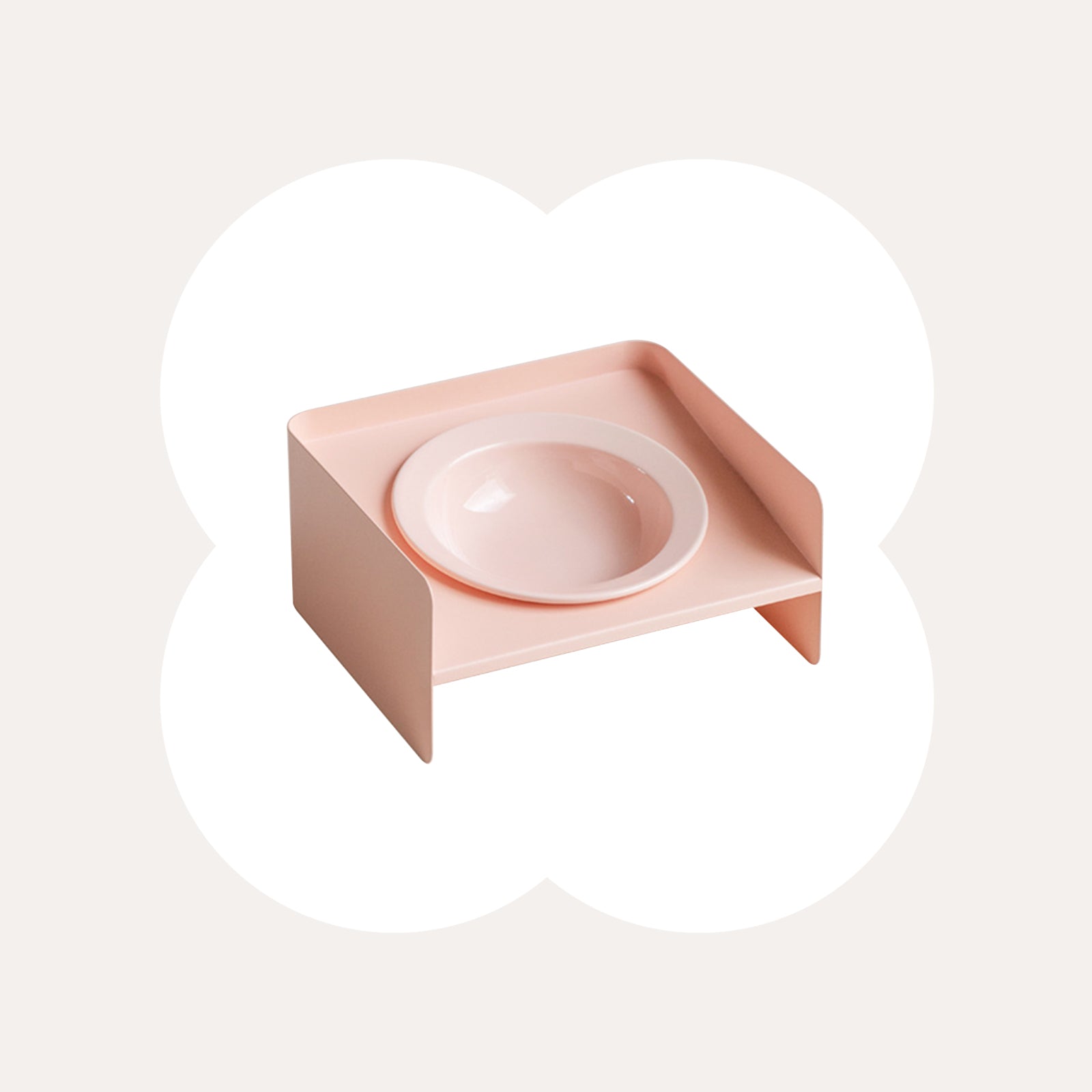
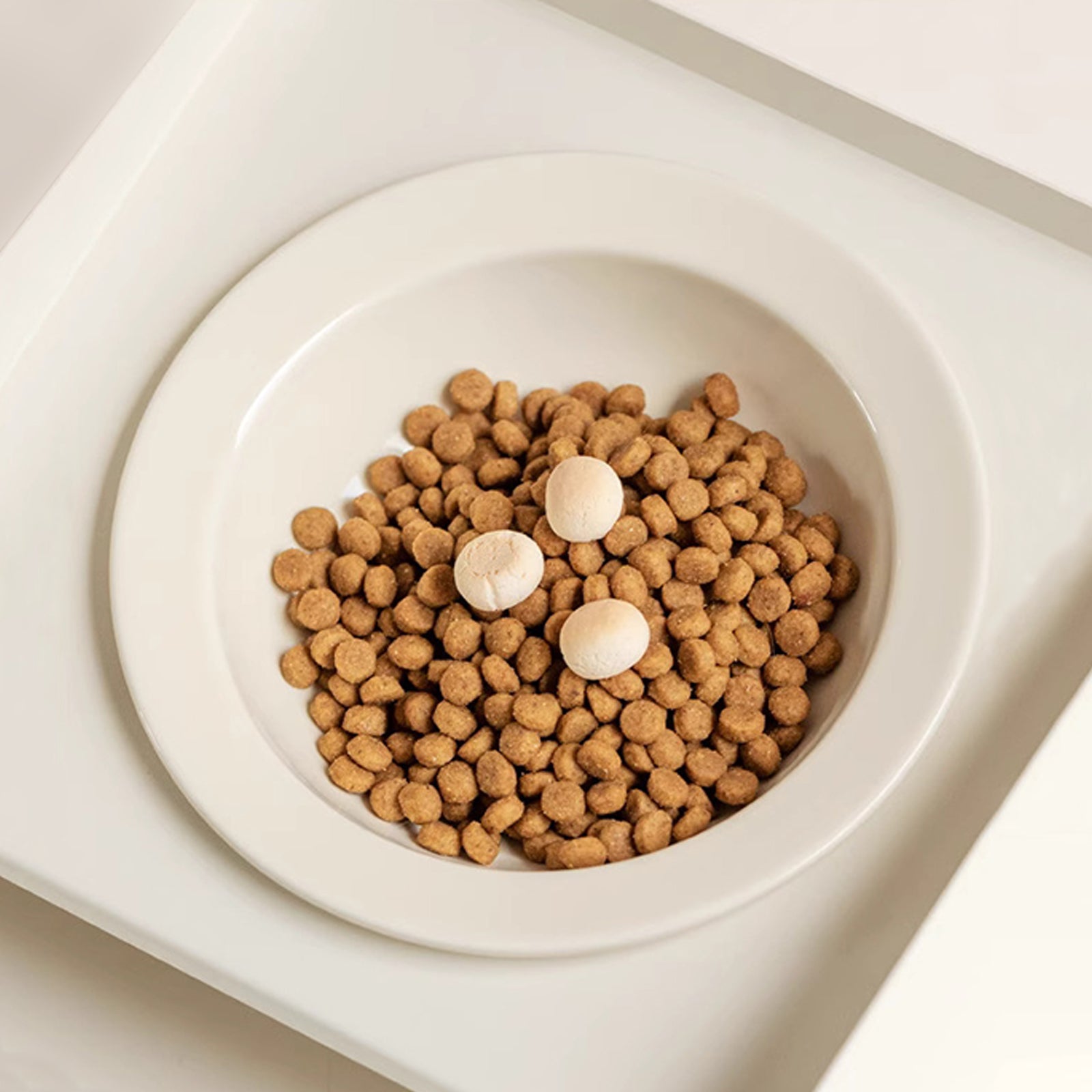


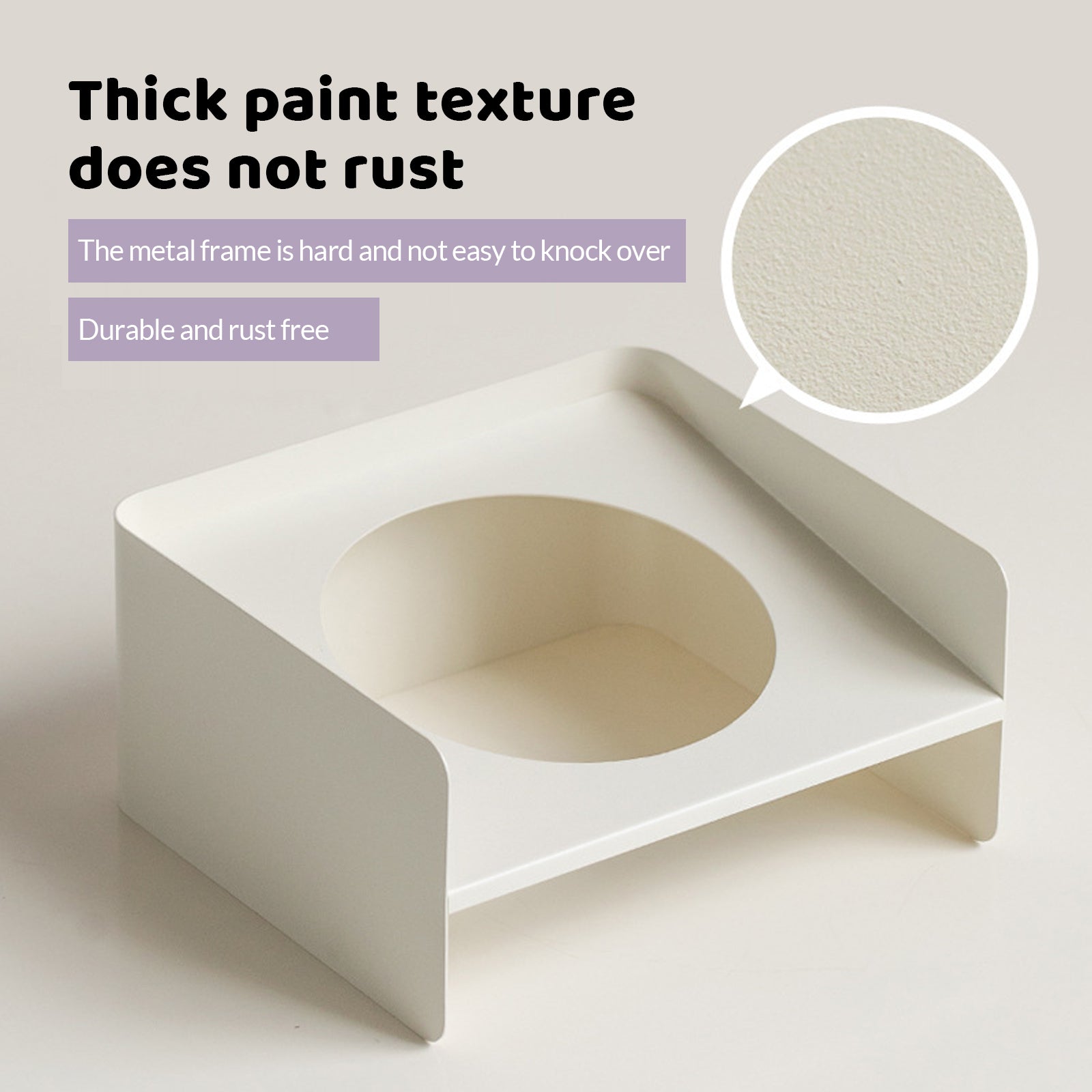
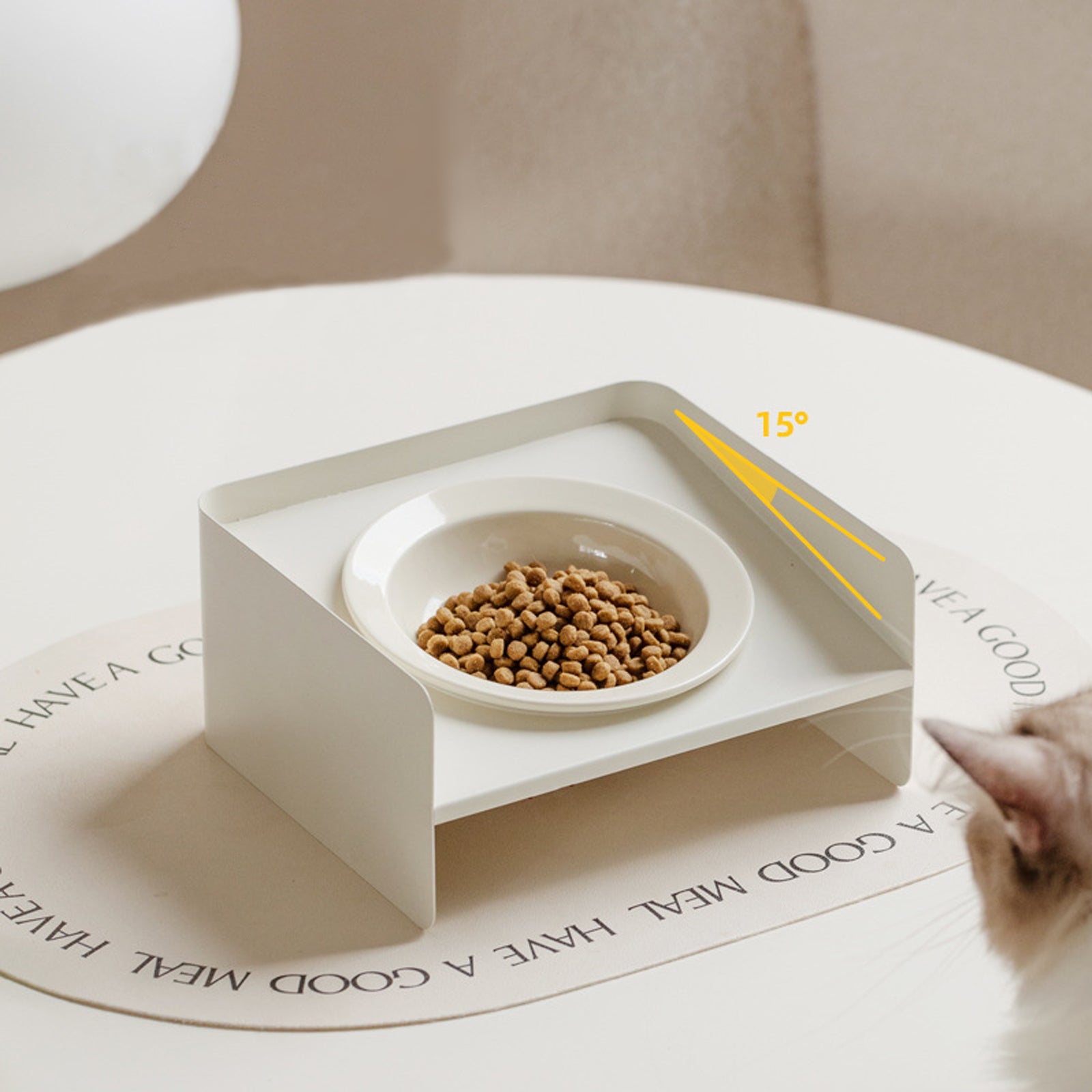
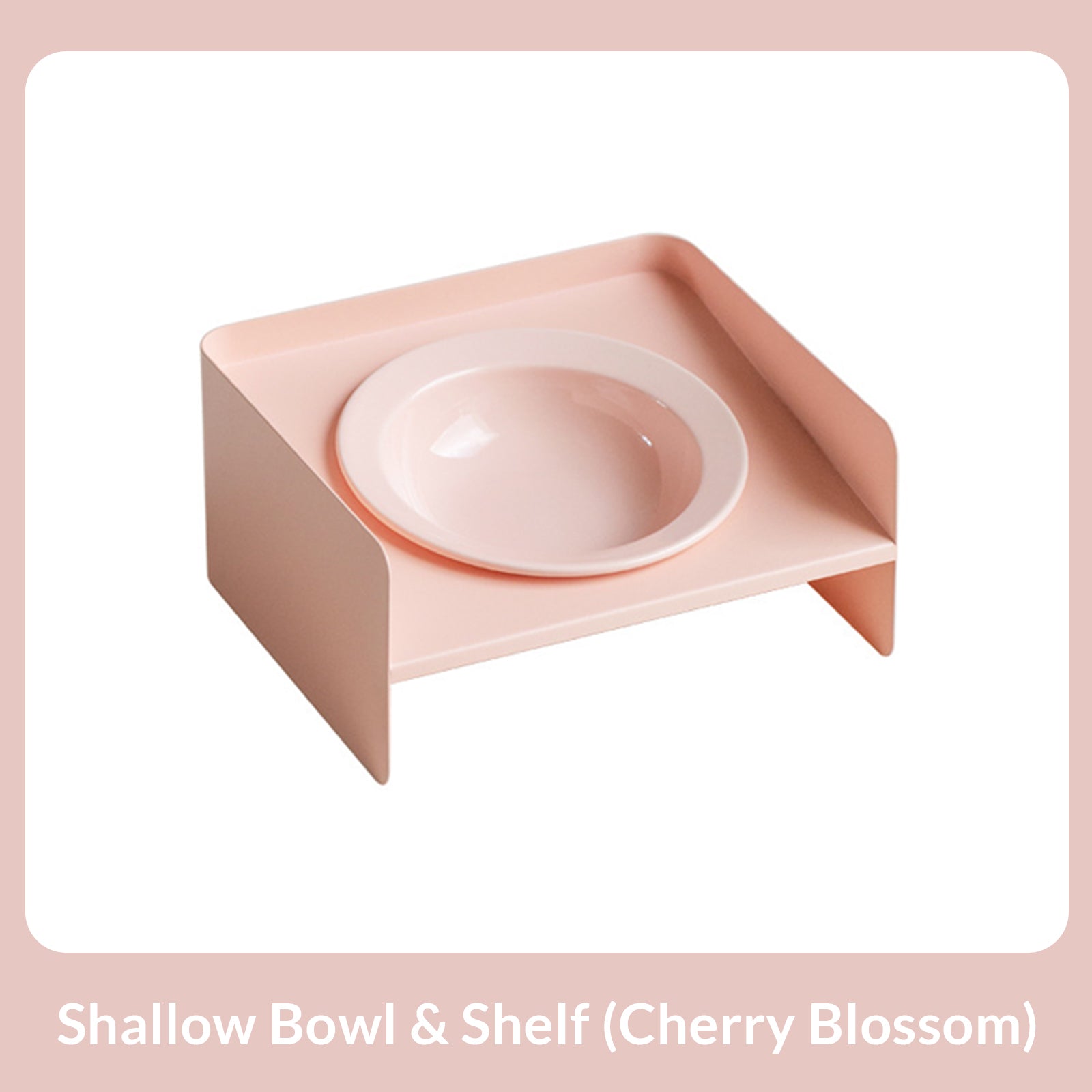
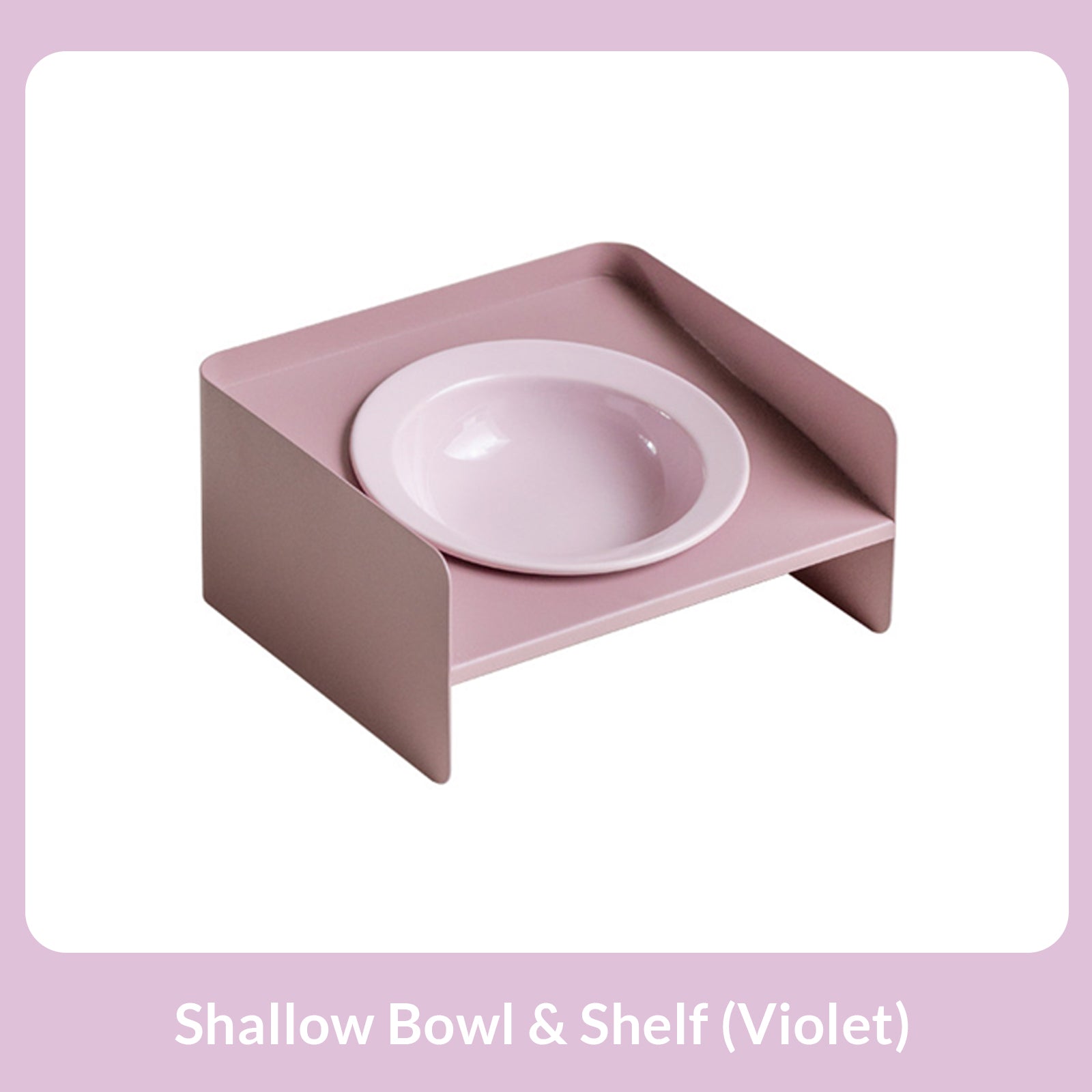
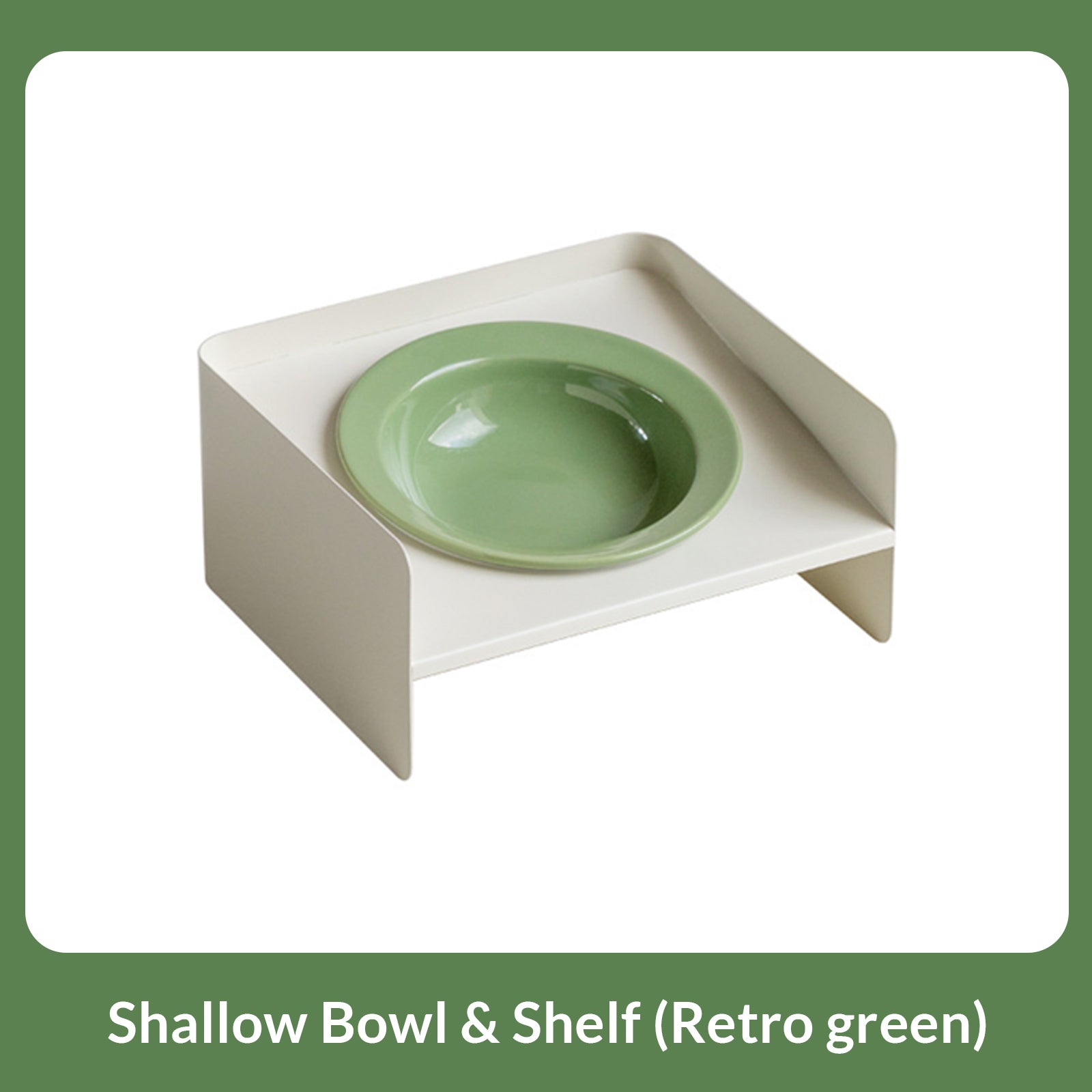
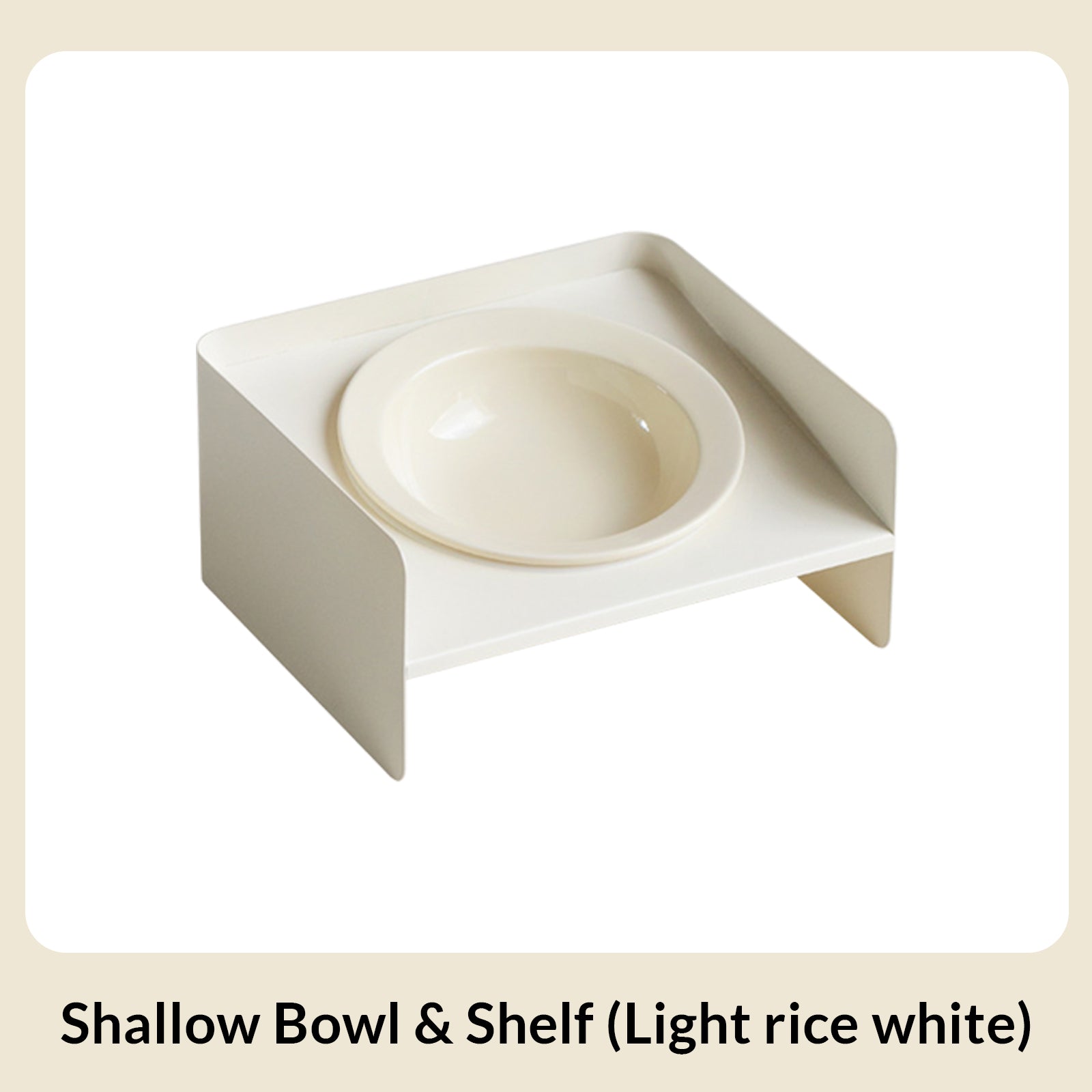
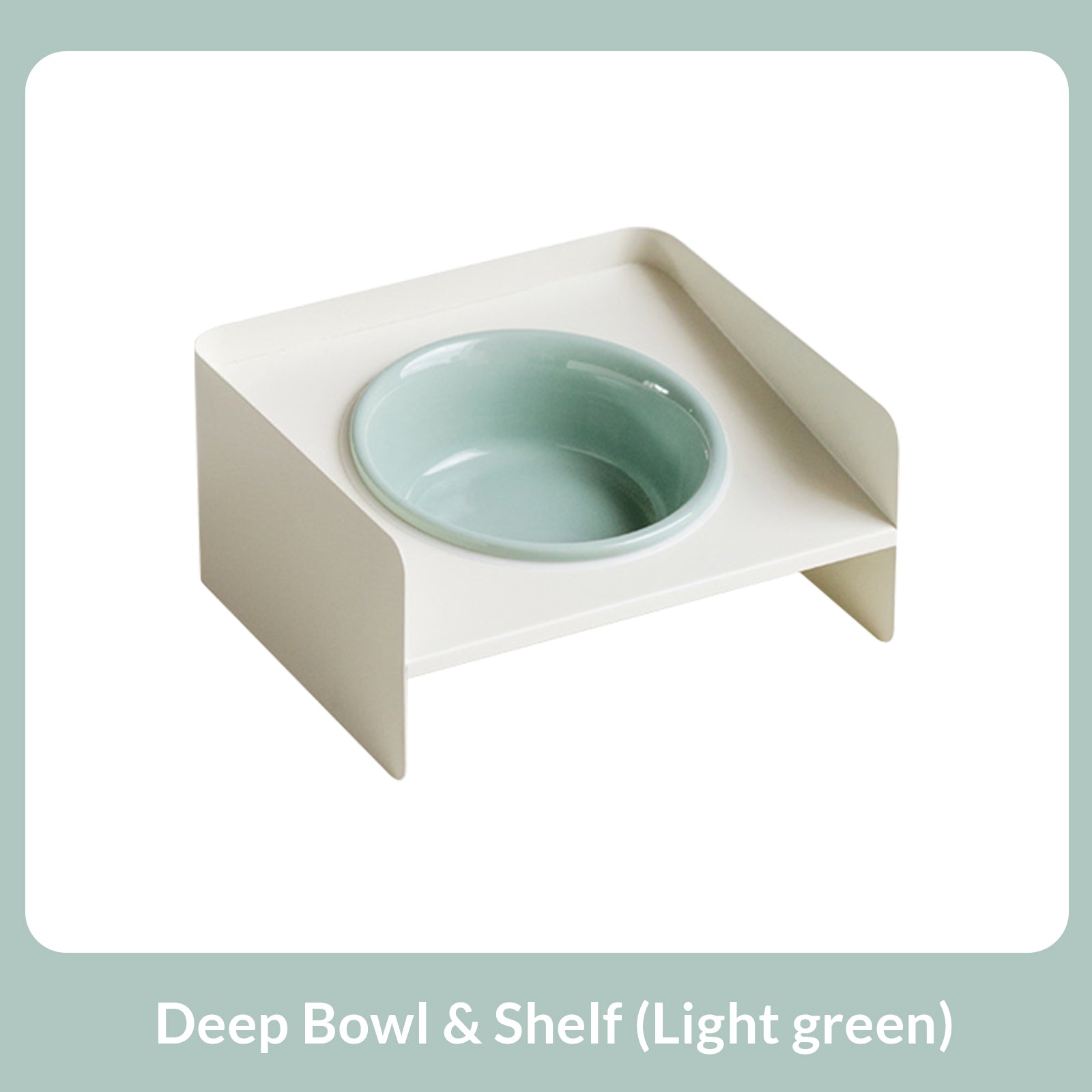
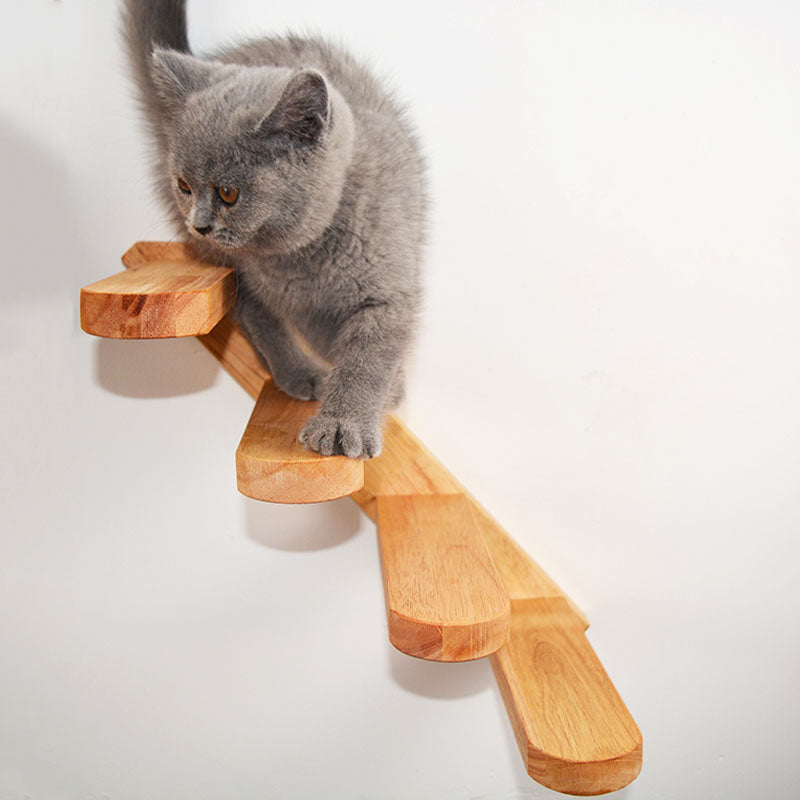






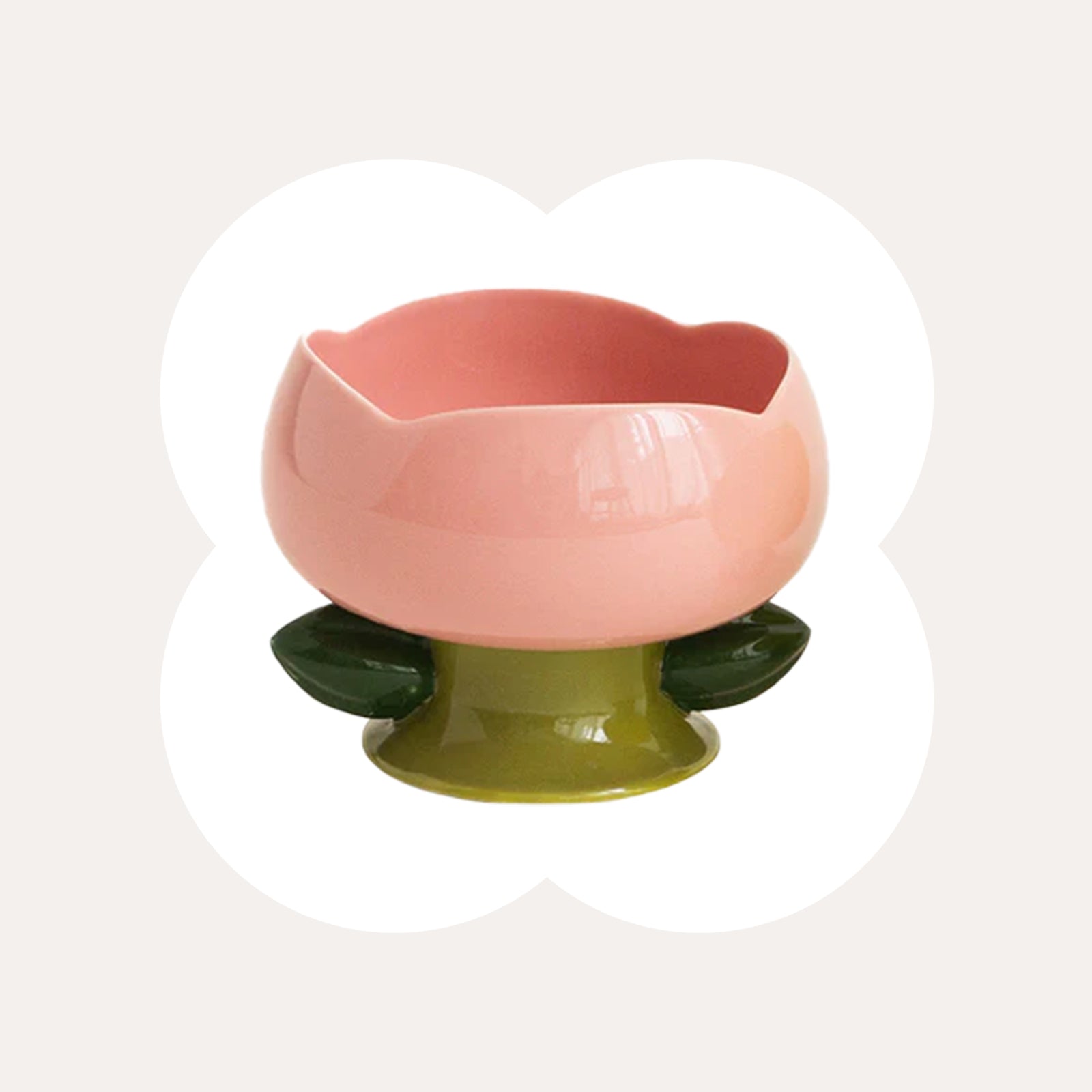
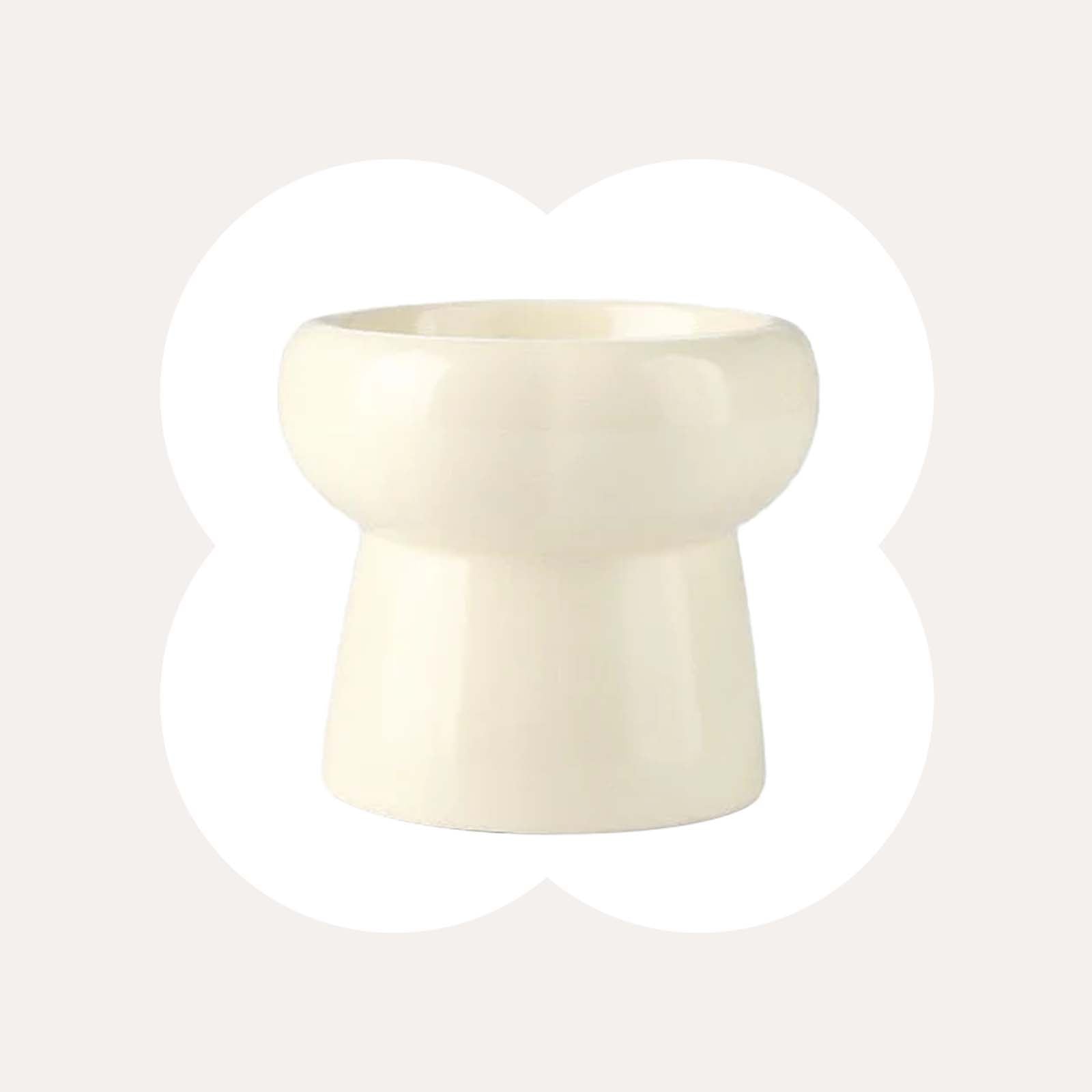
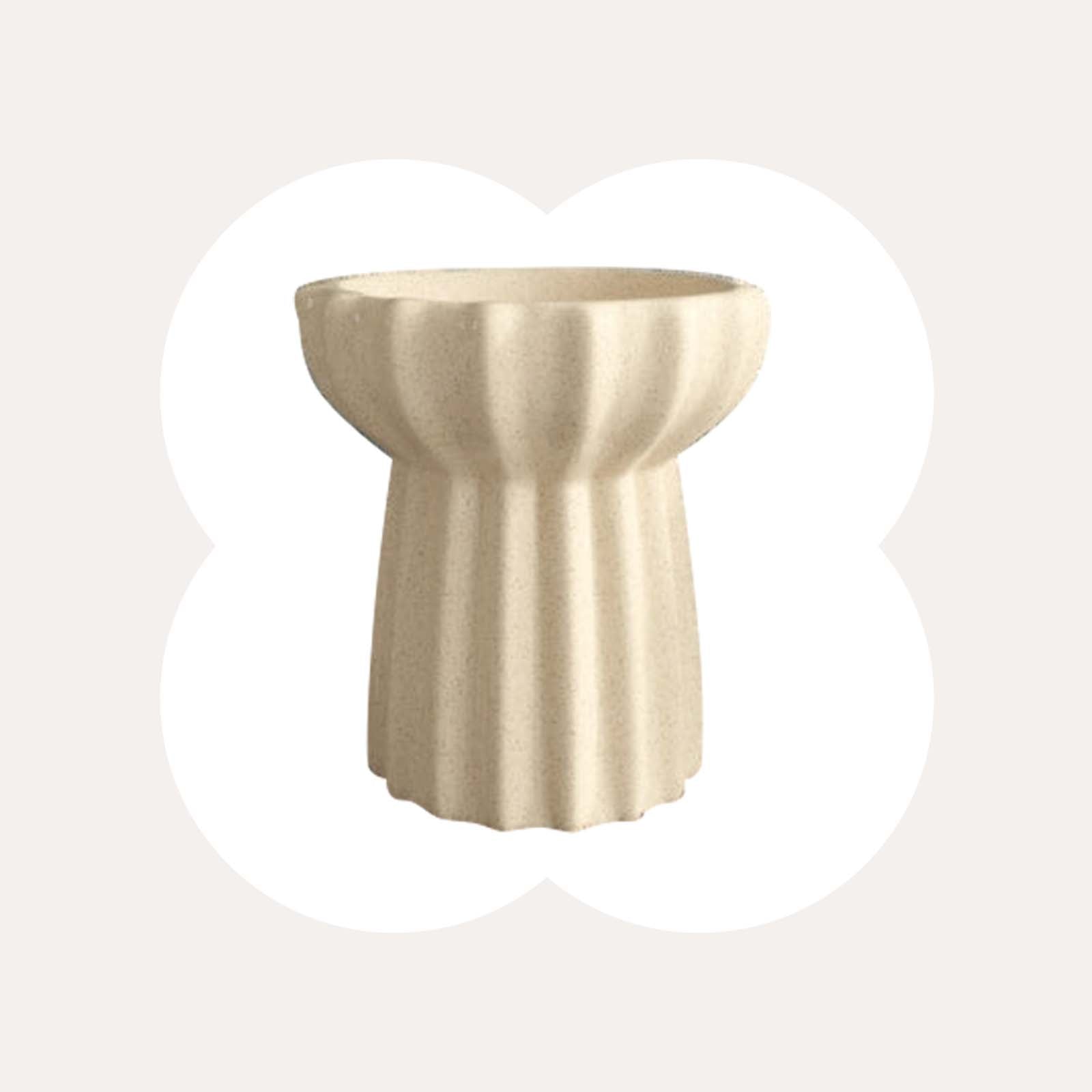
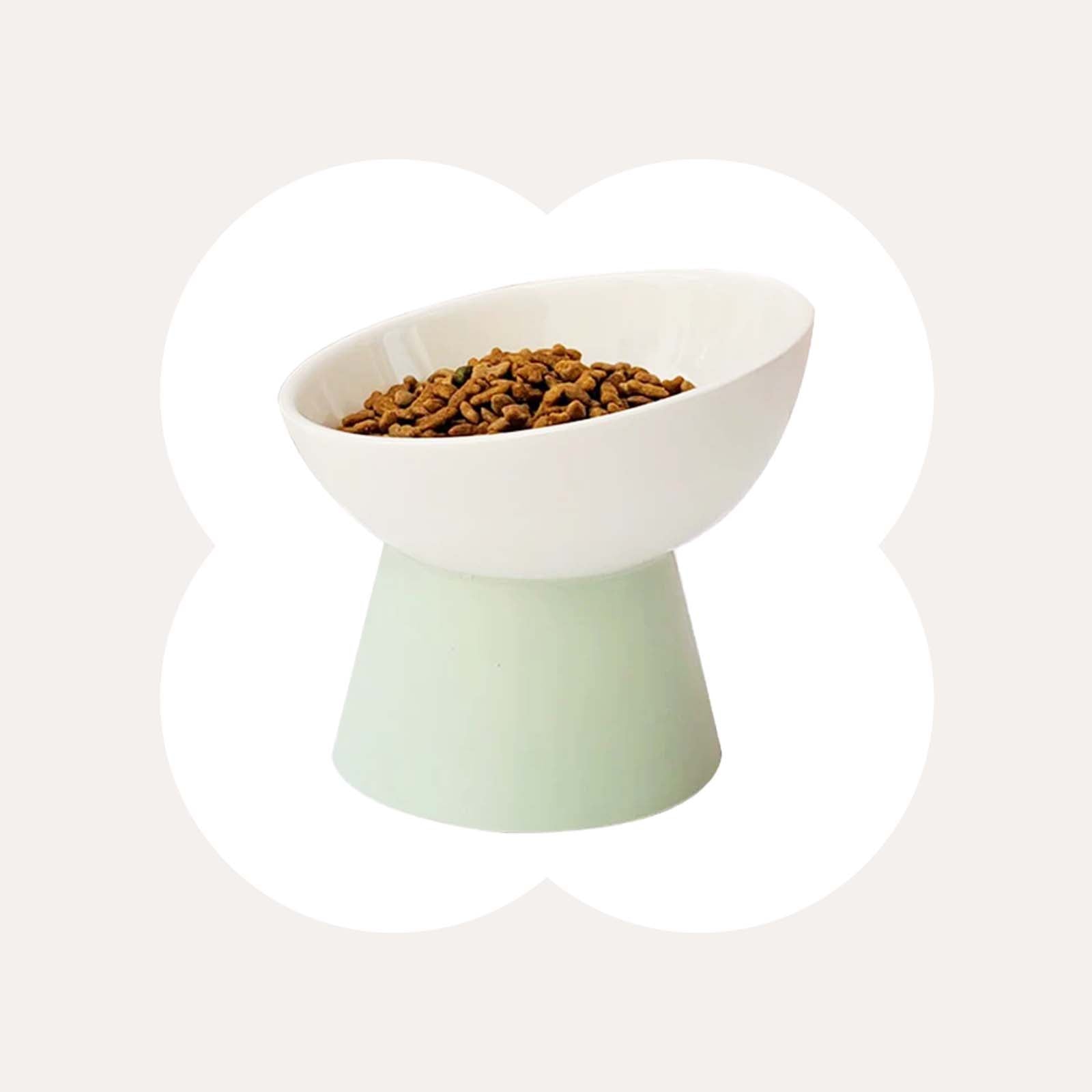
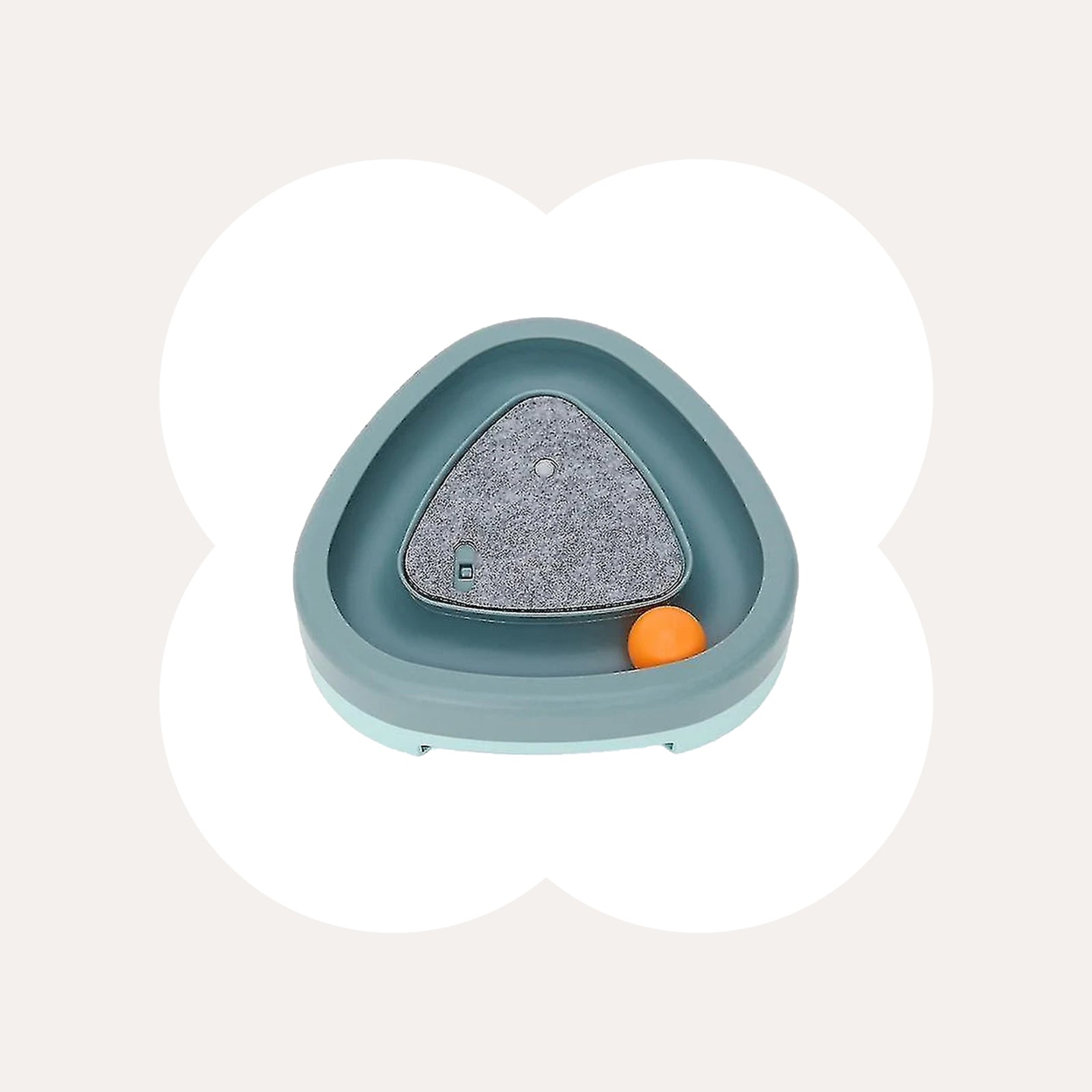






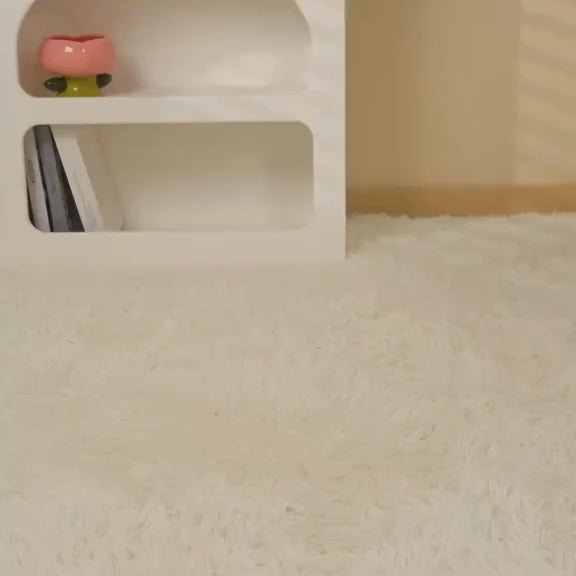






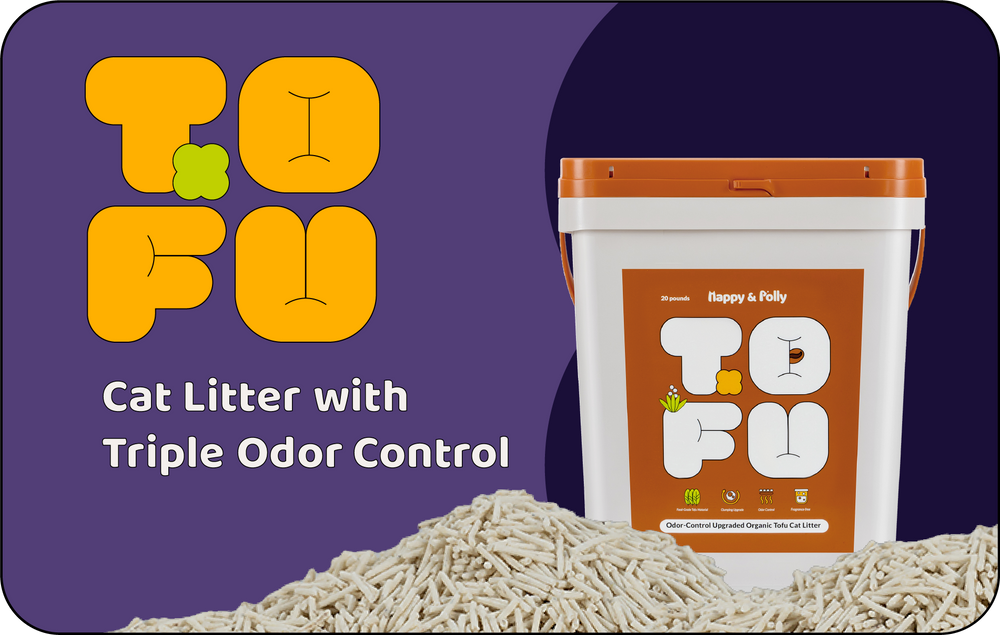














 SHARE
SHARE TWEET
TWEET PIN
PIN